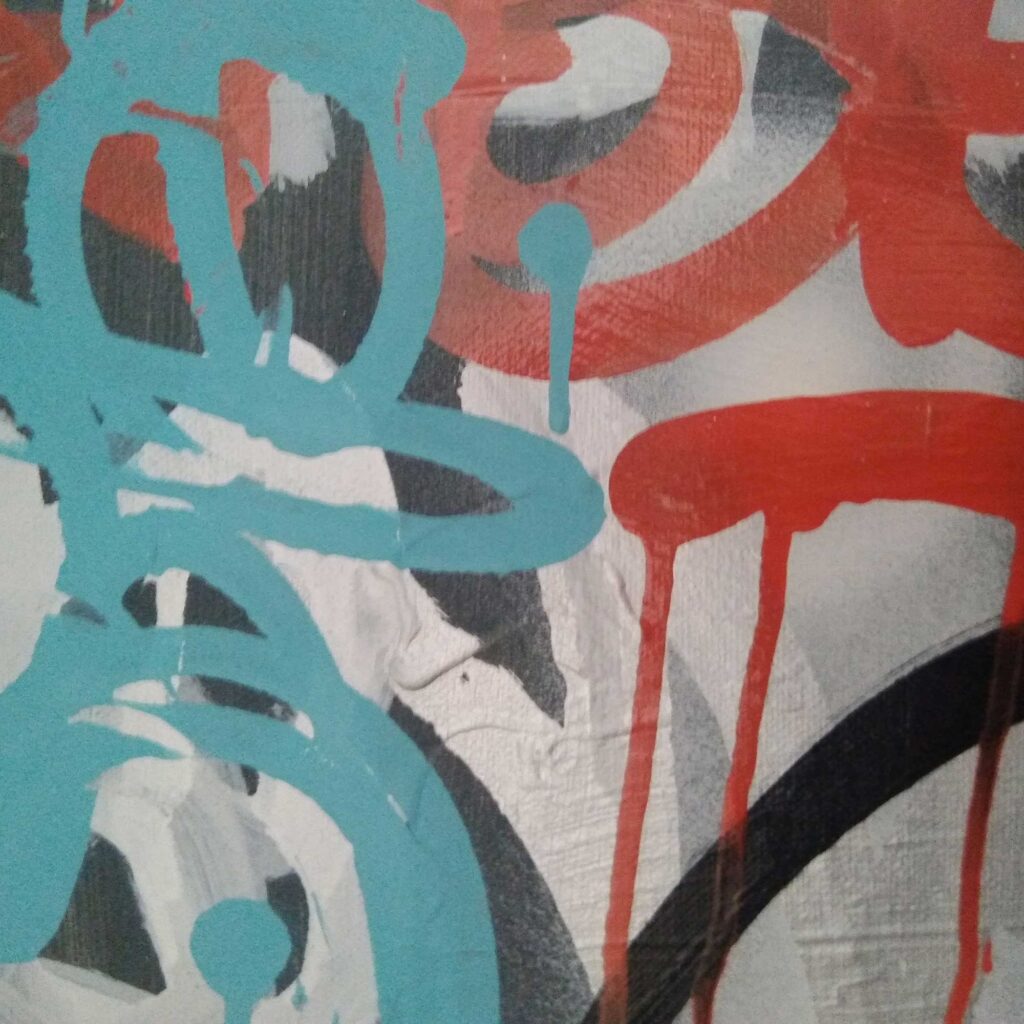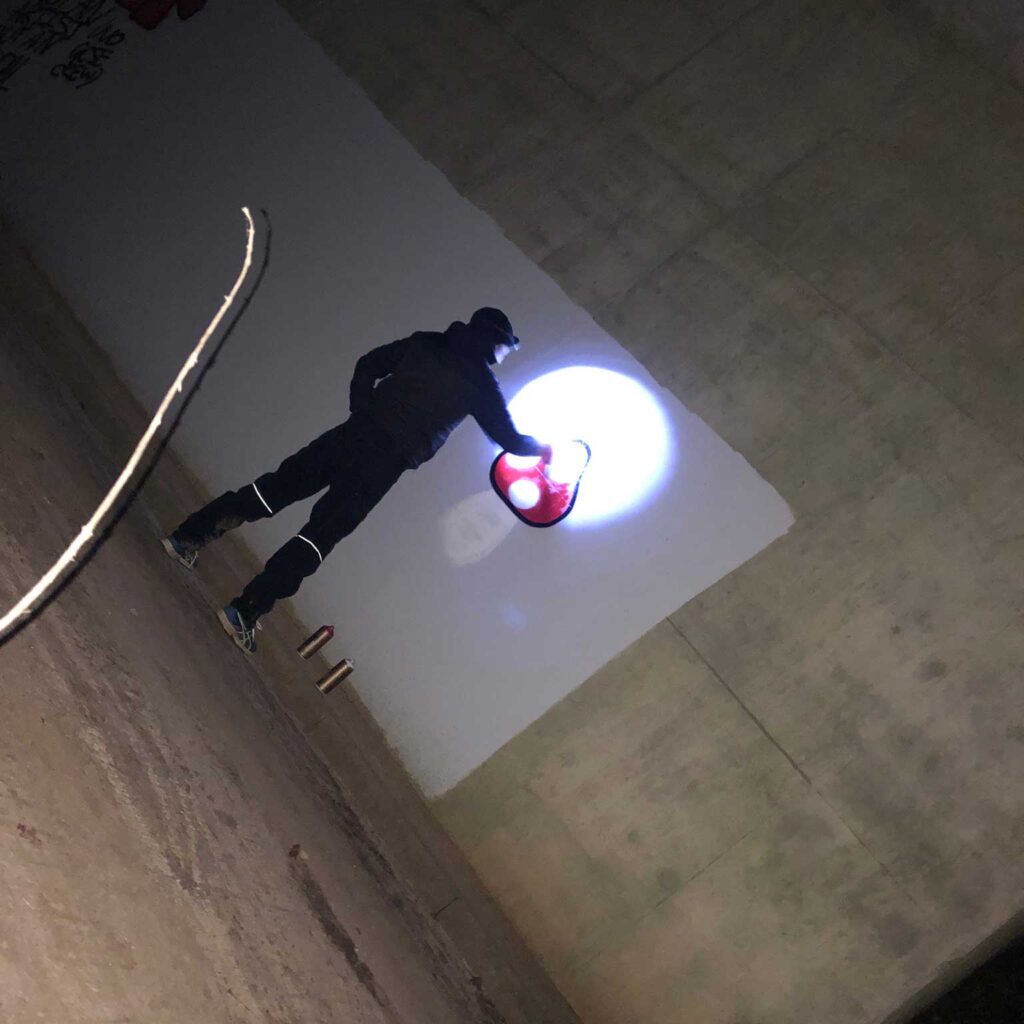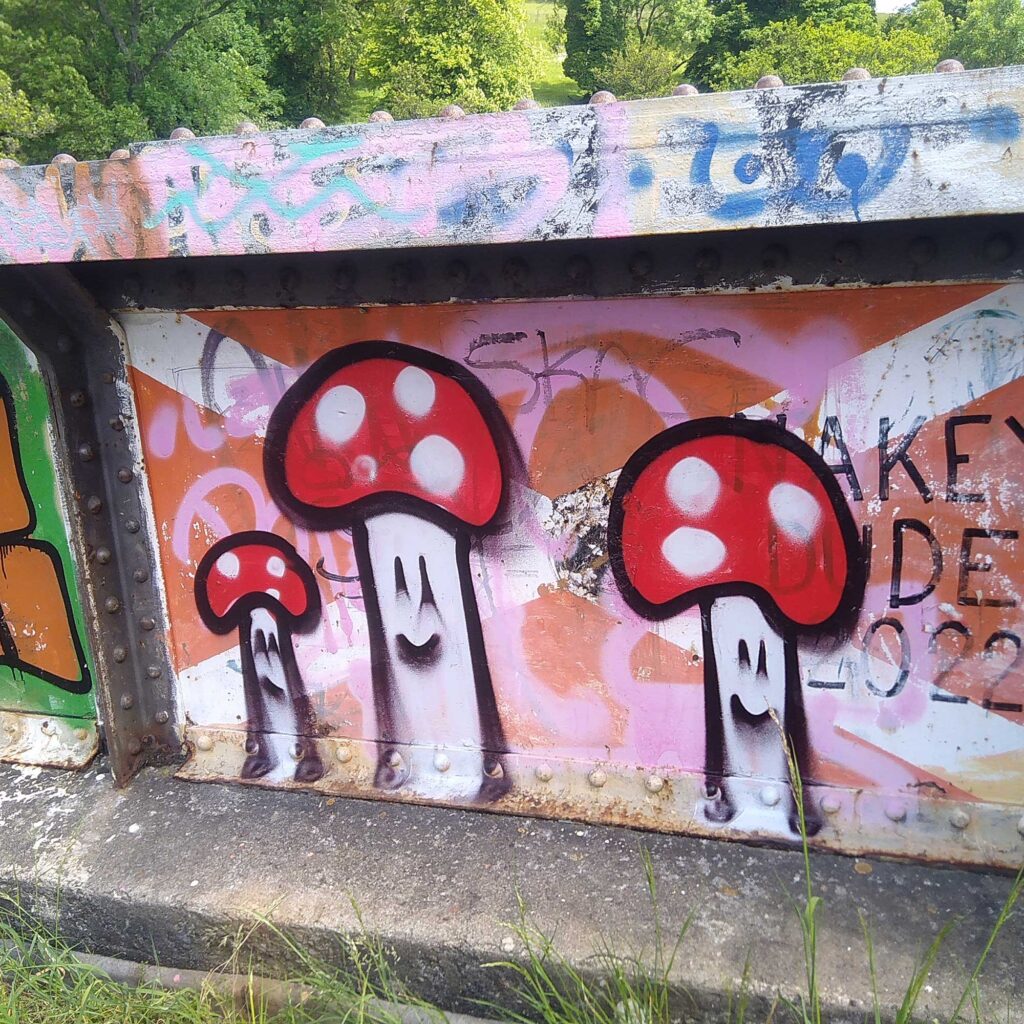| Facsimile
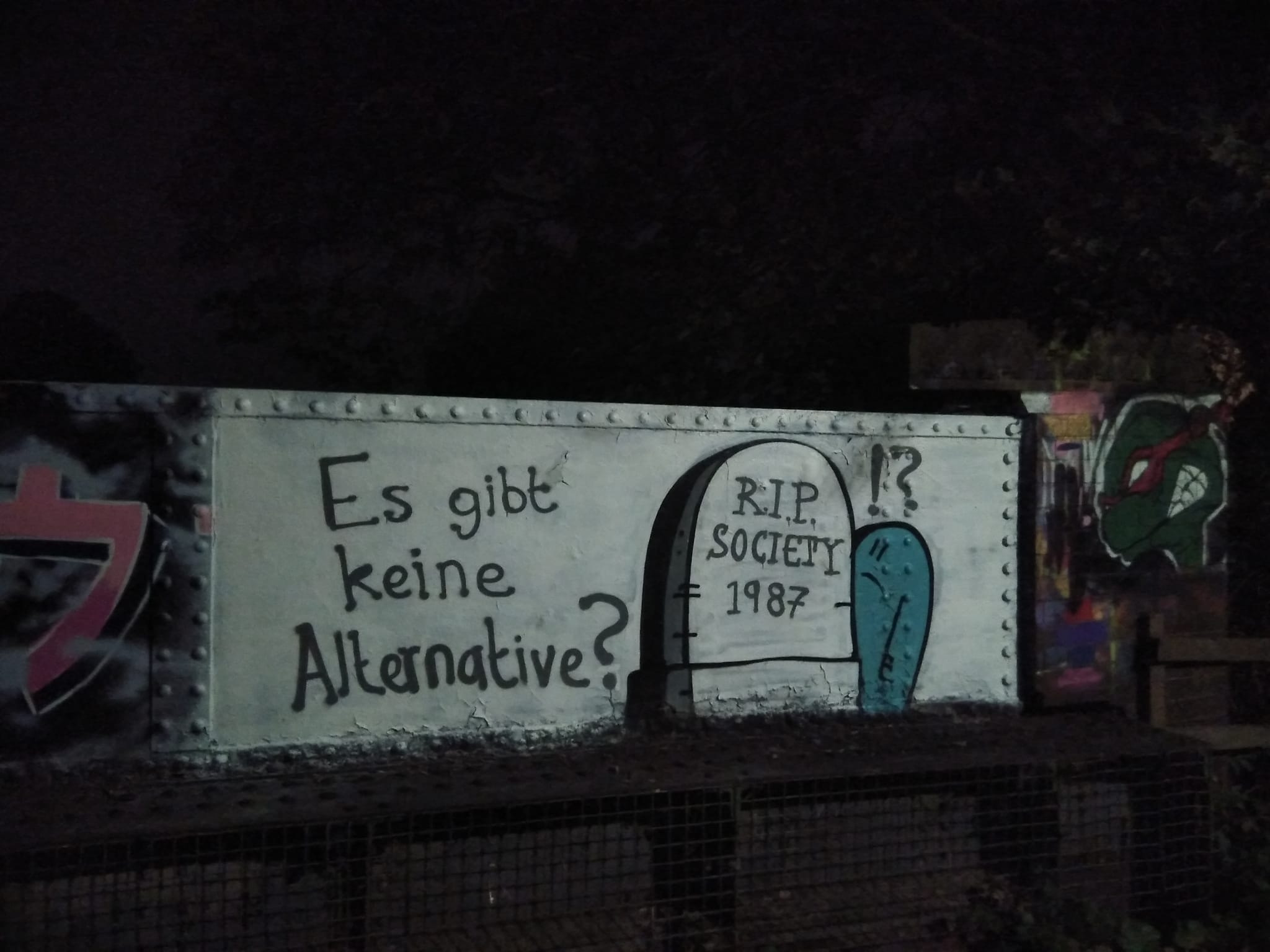
Facsimile
Facsimile is the working title for a broad range of activity and research projects and collaborations focused around knowledge and information online and in the real world. It speaks to how people and society understand the world, experience it and how they come to know.
Its aim is to promote thinking and debate around knowledge, information and data we digest everyday.
For example, is graffiti a crime or art? What counts as ‘truth’. Whose voice is heard and whose is not? Who has the power to choose what gets ‘known’.
Are voice assistants (as information sources) politically neutral?
We have several projects underway and more in the pipeline and are always keen to collaborate, speak or share. Please get in touch for queries about research collaborations, visits or supervision via [email protected]
Please look around using the menu top right and find out more about our research projects below.
For PRESS enquiries regarding:
- “The dangers and threats from artificial intelligence”
- “AI manipulation and deception, autonomous generative AI, Frontier AI”
- “Fake images, fake voices, fake news”
- “Misinformation and democracy”
- “Voice agents, speech and spoofing”
- “Coordinated inauthentic behaviour and state actors”
- “Social media harm”
- “Virtual influencers, de-regulation of AI, podcasting”
Notes to Editors: for more information, please contact the University press office on 01242 714516 or [email protected]
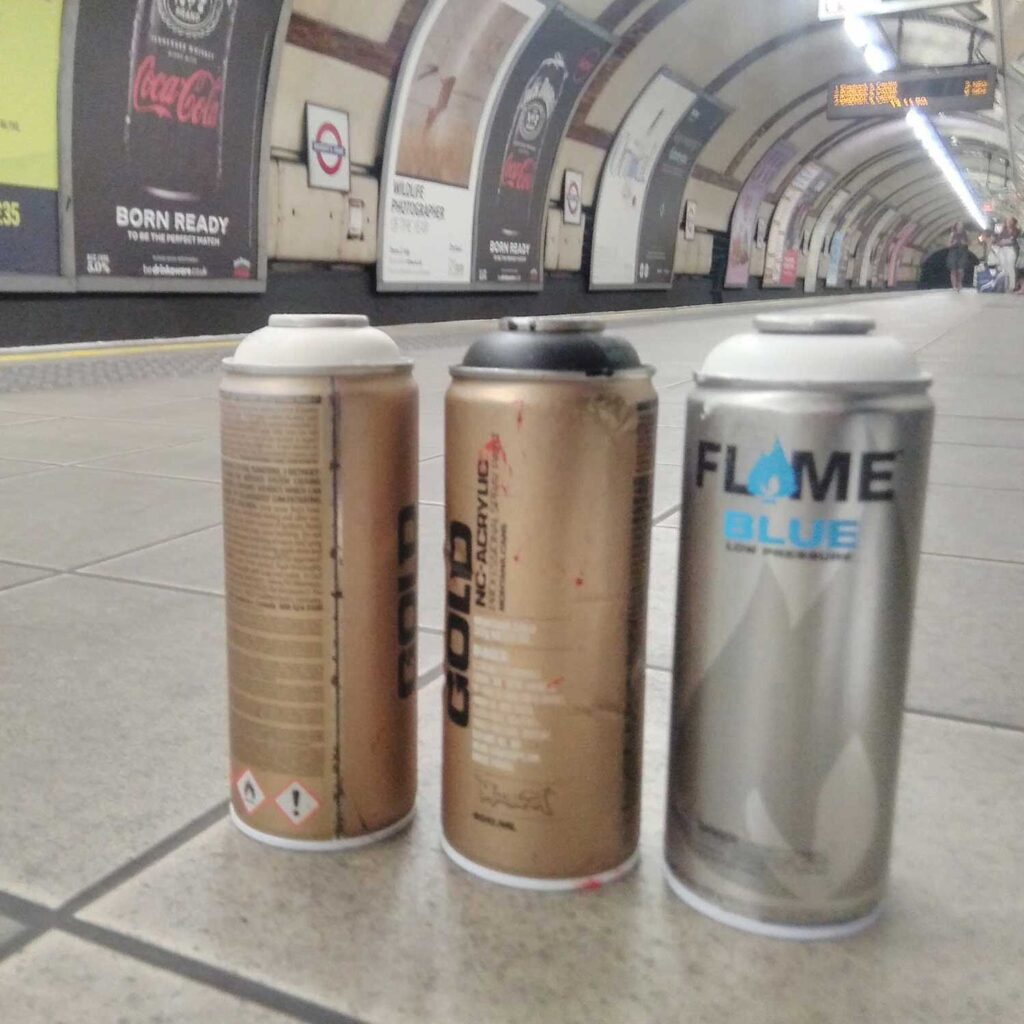
Find out about our recent projects
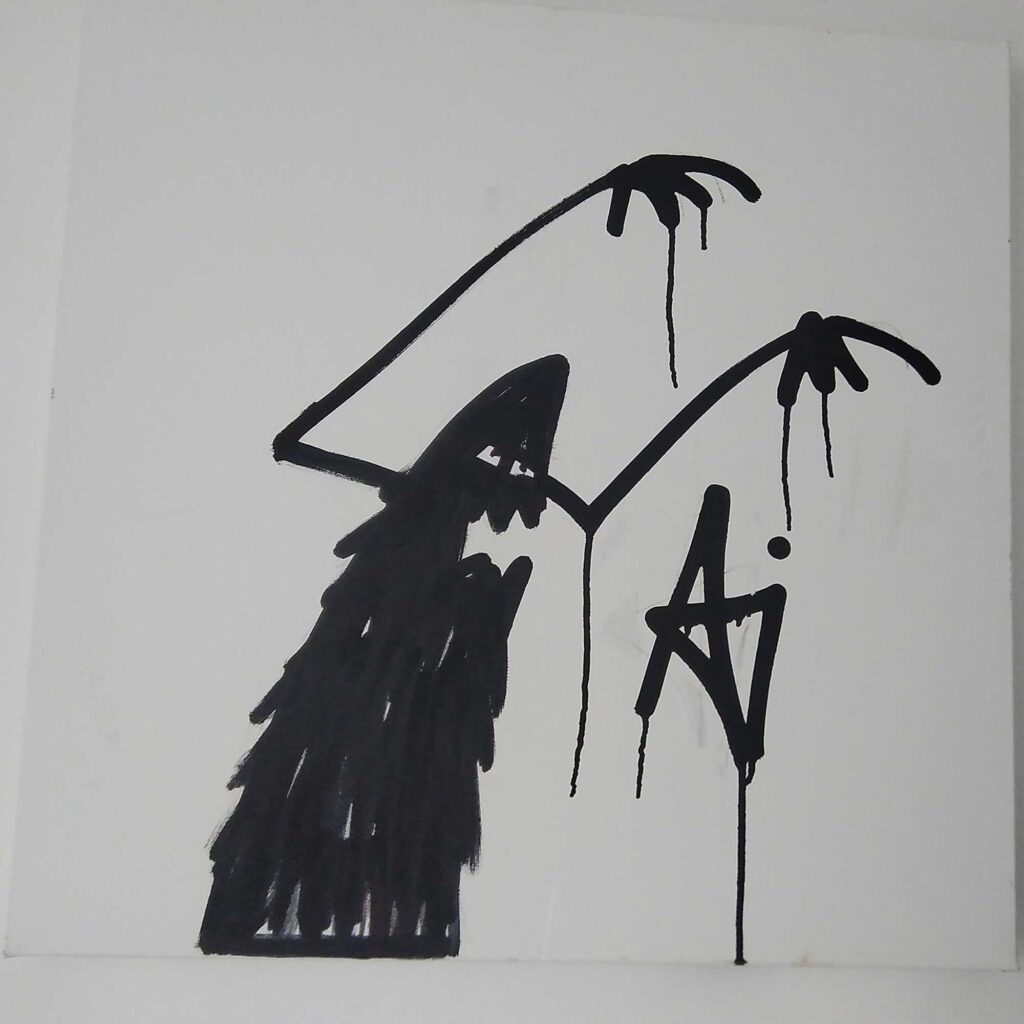
Discover our latest articles.
